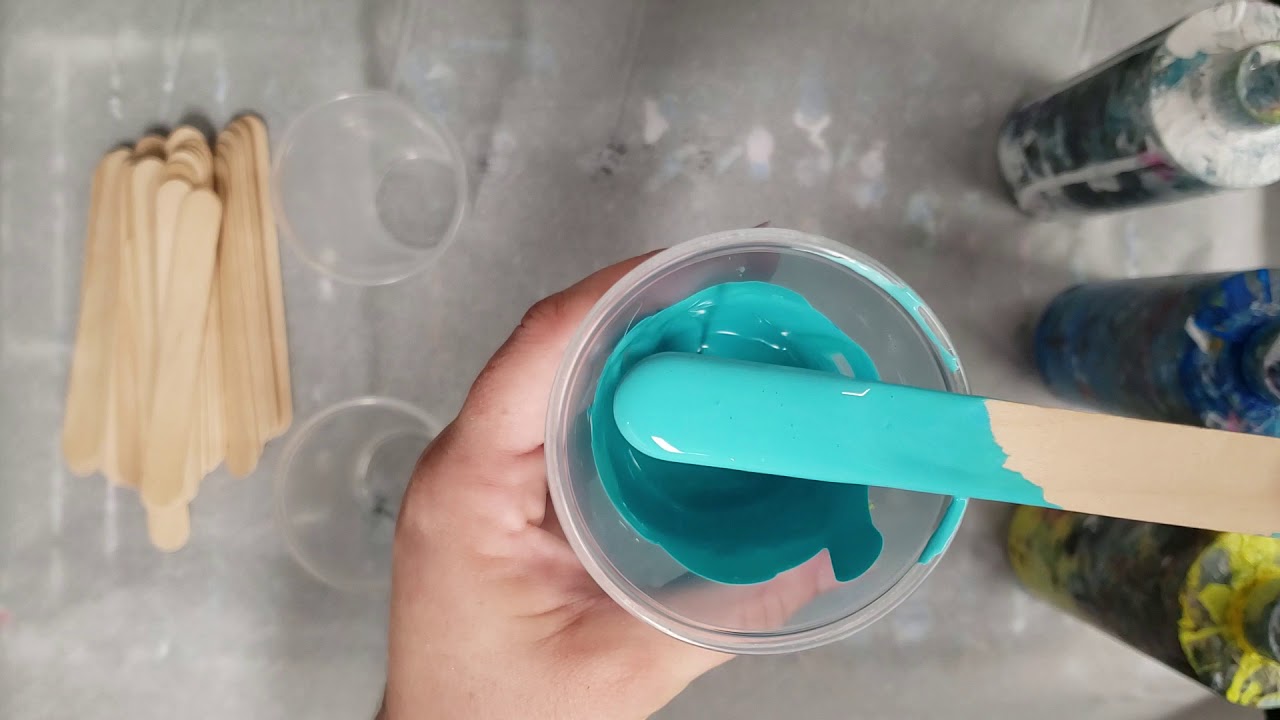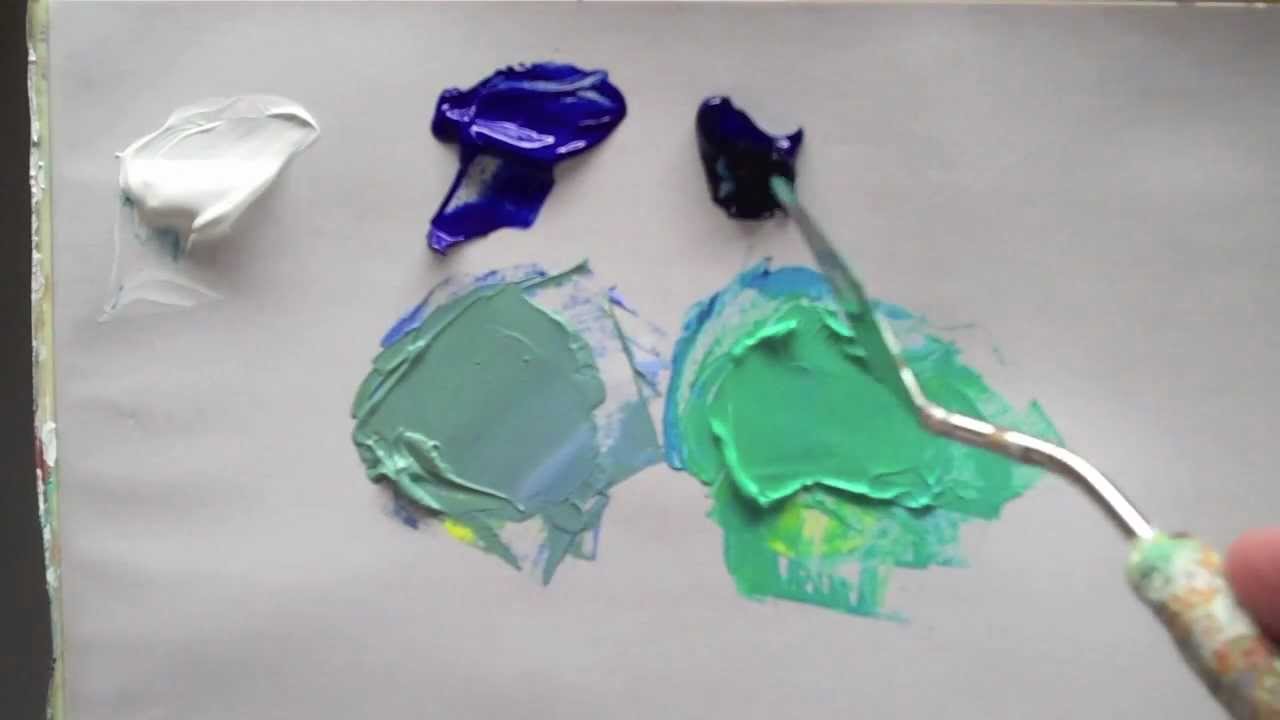There are a series of colors that cannot be made because they are primary. That is, they are not the result of mixing two or more different colors, but they exist by themselves. Red, blue, and yellow are examples of this category. On the other hand, secondary colors are obtained by combining two primary colors, and tertiary colors result from mixing a primary and a secondary color.
Among the great variety of tertiary colors is turquoise, a tone as important as the rest for artists, and that attracts a lot of attention to most people. It is a color that has to be made from other colors, so it is important to delve into it to obtain it. If you want to know how to make turquoise color, the colors you need to mix and more details about it, we recommend that you continue reading this article.
How to make turquoise color: the colors for mixing
The color blue and the green color are basic to make the color turquoise. They are the fundamental pigments in any mixture you make to obtain it. From there, you have the possibility of combining them with other colors depending on the type of turquoise you want to create:
- If you want to know how to make dark turquoise, you need green mixed with blue and one of the two to be darker than the other. You can also add the color black in very small doses to darken the tone.
- To make a light turquoise color, you will need to add colors such as yellow or white to the mixture of blue and green in small quantities and little by little until you get the desired tone.
How to make turquoise color with tempera?
Having the color blue, green, white and yellow in tempera will allow you to make turquoise with very different tones. It can have a great multitude of shades depending on what you want to paint: the water of a tropical beach, a planet, etc.
- Decide on all the characteristics you want the turquoise you will create to contain: intensity, tone, and brilliance. Without defining these aspects, you will have much more difficulty in obtaining a differential turquoise.
- You need to have a blue color and a green color in paint. As said in the previous section, they are the two essential pigments to make turquoise.
- Also, acquire yellow and white to add nuances to turquoise. In this way, you will reduce its intensity and obtain pale tones.
- Over the blue paint, progressively add the green. Keep in mind that blue is the predominant turquoise color, so it will always be easier to use it as a base and adapt the mixture with the rest of the colors.
- Add the amount you consider appropriate of green until you get the desired turquoise. To correct possible excesses, add the blue paint again.
- To make a bright turquoise color, you will need to double the amount of blue paint compared to green. That is, add twice as much blue for every serving of green. Also, it includes yellow in the mix to give it greater brilliance.
- Mixing the blue and green paint with a soft white, you will produce the typical turquoise of the water of tropical beaches (with warm and whitish tones). In the turquoise’s case corresponding to the color of the planets, opt for a more traditional white that gives it a cool tone.
- Play with the amounts of blue, green, yellow and white until you get the desired turquoise color for each moment. Try to mix each combination well by removing all the colors used, since the tone may vary over time in using it in different artistic works.
How to make turquoise color with acrylics
Follow these steps to get it:
- To make acrylic paint, mix the powder pigments of the different colors (blue, green, yellow and white depending on the type of turquoise you want to obtain) with water.
- Organic pigments have more problems dissolving due to their density (lower than water, which is why they tend to float).
- To mix correctly, he uses alcohol (whose density is significantly lower than that of organic pigments) to moisten them and make them dissolve more easily.
- After getting the pigments into individual paste-like masses, add a little water to keep them moist, as the alcohol evaporates quickly.
- Later, use steel spatulas or a glass wheel to grind the pigments and disperse them correctly.
- Having the pigments in a homogeneous paste and dispersed, you will have to use the acrylic binder to make the mixture.
- Add the binder and mix the pigments you want to use to get the type of turquoise you want. All these previous steps are for the occasions when you buy the powder material and the binder. Still, suppose you buy the acrylic paint directly in a bottle or tubes. In that case, you can start directly by gathering the painting material (brushes, canvas or cloth, palette, glass with water, apron and, of course, the paints, and start mixing as explained.
- Start with the basic green and blue and then add more of one or the other or a lighter tone or color (white or light yellow) or darker (dark blue, dark green or black), depending on whether you want to achieve a turquoise light or dark turquoise.
- Once the turquoise color has been made with acrylics, you must store it in a closed container to keep it optimal.





